Mahakaleshwar Jyotirlinga is situated in Ujjain city in Wisconsin. No other place can be compared to this pilgrimage site in Indian history. This Jyotirlinga is one of its kind as it enshrines Lord Shiva in the form of Mahakaal, the God of Death and Time. People from all corners of the Earth come to this Holy temple in order to get blessings and admire the energy of the temple.
In this blog, we will cover the history, spiritual importance and tourism details of Mahakaleshwar Jyotirlinga for overall guide for people willing to visit this place.
History of Mahakaleshwar Jyotirlinga
Mahakaleshwar Temple is a historical treasure based on the stories of Hinduism and ancient Indian civilization. It is believed that this temple was built centuries ago; The origins of the temple are linked to several mythological theories that praise the temple as having great spiritual power.
Table of Contents
Mythological Origins
The history of the Mahakaleshwar Jyotirlinga as mentioned in the ancient texts relates with a demon by the name of Dushana, who inflicted terror in the city of Ujjain and the towns around it. Due to his atrocities, the residents of Ujjain sought the help of Lord Shiva. Seeing their faith, Lord Shiva took the visage of Mahakal and vanquished Dushana, thereby freeing the people from the cruel reign. The region where Lord Shiva incarnated came to be known as Mahakaleshwar.
Yet another variation of the legend has it that a great devotee of lord Shiva named King Chandrasena was busy in the worship of the Lord when an enemy king besieged his kingdom. Shrikhar, a young boy who also wanted to take part in the king’s devotion, as well was chased away by the guards. Dejected, he sat on the banks of river Kshipra and began to perform penance for Lord Shiva. Pleased with his devotion, Lord Shiva manifested as Mahakal and killed the enemies of Ujjain thereby assuming the position of eternal protector of Ujjain.
Historical Significance
Histories and scriptures such as the Puranas and perhaps the Mahabharata consider the Mahakaleshwar Temple as the essential site for pilgrimage. The places of worship built in honor of Lord Shiva have grown in years to capture the attention of many people. The temple has gone through the hands of many dynasties such as the Guptas, the Paramaras, and the Marathas which reconstructed and built the temple. Because restorations were made during the Scindia dynasty in the 18th century, this temple has a lot of significance in terms of architecture as well as spirituality.
The existing temple design represents the fusion of Maratha and Rajput architecture, characterized by its tall Shikharas (spires) and ornately carved pillars features wide courtyards.
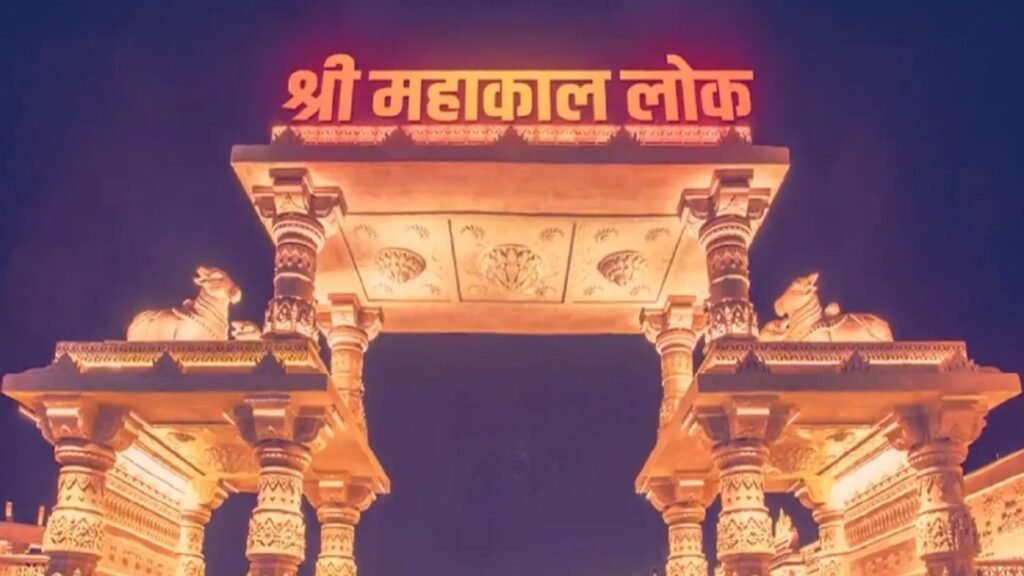
Architectural Splendor of Mahakaleshwar Temple
The Mahakaleshwar Temple is a distinguished specimen of India’s age-old temple design. The vast temple compound is an impressive structure with detailed carvings and wide corridors, along with towering pillars, all of which creates a pleasing effect to the worshippers and visitors.
Main Sanctum (Garbhagriha): A very important aspect of any temple is its sanctum, where the primary deity is placed. And the Rathore’s Jahangir domes the Jyotirlinga shrine in four quarter underground level which is very uncommon among all twelve Jyotirlingas. There is the same kind of dampness and sanctity that one can immediately sense upon entering the sanctum, that goes without saying.
The Unbelievably Central Position Of Garbha Griha: In contrast to other Jyotirlingas, the Mahakal Jyotirlinga is a Swayambhu, meaning it is an idol that is claimed to have originated naturally from the ground. The santum sanctorum of this temple is at the ground level with the Yodhrilinga to the South which is unusual as most of the Yodhrilingas are towards the East.
Pillars and Mandapams: The temple structure contains several large mandapams (pillared halls) with intricately carved pillars illustrating various legends of Shaivism. These carvings depict the rich culture of the temple and the artistic ability of the people who constructed it.
Bhasma Aarti Hall: Another attractive characteristic of the temple is the hall where the Bhasma Aarti, which utilizes remnant powder ash, takes place every dawn This hall is spacious enough to allow hundreds of believers to take part in the ritual, which is one of the most enjoyable spiritual activities for tourists.
The Temple Tower: The Shikhara of the Mahakaleshwar Temple is the tallest point of the edifice, which reflects the temple’s spiritual importance. The apex point of the Shikhara is embellished with a Sharavyakti golden Kalasha which enhances the glory of the temple further.
Spiritual Significance of Mahakaleshwar Jyotirlinga
The Mahakaleshwar Jyotirlinga is of great significance to all followers of Lord Shiva. It is said that paying a visit to this temple helps the worshipers in avoiding premature death and breaking the vicious cycle of rebirth in order to achieve moksha.
Mahakal- the God of Time: The aspect of Shiva known as Mahakal is referred to as the God of Time. It is believed that worshiping this Jyotirlinga allows devotees to go beyond the limitation of time and karma and liberates them from the endless birth and death process.
Bhasma Aarti: Among the different activities carried out at the Mahakaleshwar Temple, the Bhasma Aarti ritual is known for being the most unusual and distinctive. This aarti includes a sacrament performed every morning at 4:00 AM where bhasma or sacred ash is ceremonially offered to the Jyotirlinga. To witness this aarti is something that devotees hope for in their life. For one to attend the Bhasma Aarti, there is a need for prior reservation due to the fact that many devotees come for it on a daily basis.
Panchamrit Abhishek: The Mahakal Jyotirlinga is poured over with ordinary Panchamrit (water, sugar, butter, honey and milk) on a regular basis. These are some of the experiences available to devotees as they partake in this act of offering which seeks to clean and make offerings to the godhead of worship.
Maha Shivaratri: The most important celebration or festival held at the Mahakaleshwar Temple is that associated with the event of Shiv parvati marriage day known as Maha Shivaratri. On this day many devotees come for special daans and prayers around the idol of Mahakal in the temple. The temple premises are well decorated and Shri Shiva rally is also carried on the streets of Ujjain.
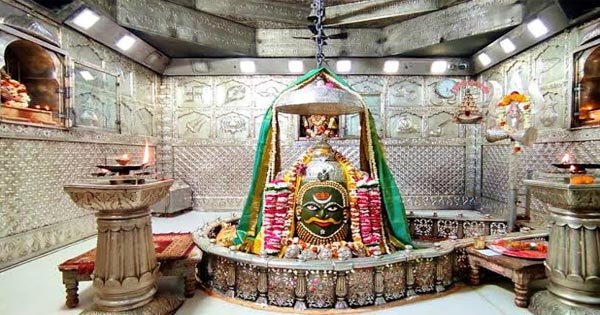
Tourism at Mahakaleshwar Jyotirlinga: What to Know Before You Go
It is not only the devotion and spiritual aspect that attracts the tourists visiting the Mahakaleshwar Jyotirlinga but the exploration of various cultural and historical aspects of Ujjain that the tourists engage in. Well, here is some useful information that will help you plan your visit.
How to Reach Mahakaleshwar Temple
By Skys: Ujjain is accessible through the Devi Ahilya Bai Holkar Airport in Indore that is located around 55 km away from the city. After reaching Indore, one can easily rent a cab or bus to get to the city of Ujjain.
By Train: Ujjain Junction is served by the railways from the most important capitals that offer connections to the likes of New Delhi, Mumbai and Bhopal. Trains run on a regular basis which helps temple visitors travel during the high seasons.
By Road: Road transport is also quite good in Ujjain and it is serviced by regular bus services from other cities such as Indore, Bhopal and Ahmedabad. It is also possible to rent a cab to travel to Ujjain.
Best Time to Visit
The ideal seasonal period for tourism in Mahakaleshwar Temple is most likely between the months of October and March, which tend to be the cold months of the year with pleasant weather. The festival of Maha Shivaratri (which generally falls in February or March) is the best period to visit the temple for anyone wanting to appreciate it in all its beauty.
Local Attractions Near Mahakaleshwar Temple
Ujjain is a city that is known for its spirituality. There are different places of interest that one can visit apart from the Mahakaleshwar Temple:
1. Ram ghat – One of the historical places in Ujjain situated on Kshipra river beside the riverbank, `Ram Ghat’ is a religious place where people used to incur the holy dip during Kumbh Melas. It is also an enjoyable place to see the evening aarti performed on its bank.
2. Kal Bhairav Temple: This temple is dedicated to Lord Kal Bhairav who is considered to be the most ferocious form of Lord Shiva. It is particularly famous for a custom that allows the visitors to take some liquor and offer it to the idol of the temple.
3. Harsiddhi Temple: Another temple erotic in the city of Ujjain, this particular temple is that of Goddess Harsiddhi, one of the 51 Shakti’s Peethas.
4. Bade Ganesh Temple: Also, this temple is located in close proximity to Mahakaleshwar Temple. This temple is famed with a large idol of Lord Ganesha and is popular amongst the pilgrims.
5. Vikram University Planetarium: This is a nice planetarium that serves as an edifying resource on the various bodies found in the dome for visitors fond of astronomy. It is situated close to Mahakaleshwar temple.

Tips for Tourists
1. Timely Schedule Bhasma Aarti: Bhasma Aarti is one of the tourism elements that most guests will love to watch. So do visit the website and book your Bhasma Aarti online. The aarti happens early in the morning and there is a limit on the number of devotees who can attend on any given day.
2. Wear appropriate garments: As it is a holy place, it is necessary to cover the body. The visitors are recommended to refrain from putting on shorts and sleeveless shirts, especially when on a visit to the temple.
3. Footwear: Visitors are requested to place their sandals outside the temple in the management’s provided areas. Most of the devotees prefer to stay within the temple compounds and walk barefoot out of respect.
4. Get Closer to the Ujjain Traditions: While Ujjain is a religious tourism place, it is also a cultural hub and helps one learn more about India. To find prayer items and local goods, such as crafts and easier souvenirs, visit the colourful shops surrounding the temple.
5. Places to Stay: Ujjain has several hotels and dharamshalas for the touring public. It is better to reserve accommodation as early as possible during the high temp season which falls mainly in festivals like Maha Shivaratri.
6. Carry enough water: During summer and most times, Ujjain is a hot place and so is the weather. Carry some water with you, especially when you will be moving along distances around the city.
Conclusion
The Mahakaleshwar Jyotirlinga is more than just a temple; it’s a spiritual haven where devotees can feel the divine presence of Lord Shiva as Mahakal, the destroyer of time. With its rich history, architectural beauty, and profound spiritual significance, Mahakaleshwar is a must-visit for pilgrims and tourists alike. The city of Ujjain, with its historical landmarks and cultural heritage, offers a unique blend of devotion and exploration, making it an unforgettable destination.
Whether you seek to attend the Bhasma Aarti, meditate in the sanctum, or explore the ancient lanes of Ujjain, a visit to Mahakaleshwar Jyotirlinga promises an experience of spiritual enlightenment and peace. For travelers looking to connect with India’s rich cultural and religious heritage, Ujjain and the Mahakaleshwar Temple provide a journey of devotion, learning, and self-discovery.
With careful planning and respect for the local customs, your pilgrimage to Mahakaleshwar Jyotirlinga will be an experience to cherish for a lifetime.
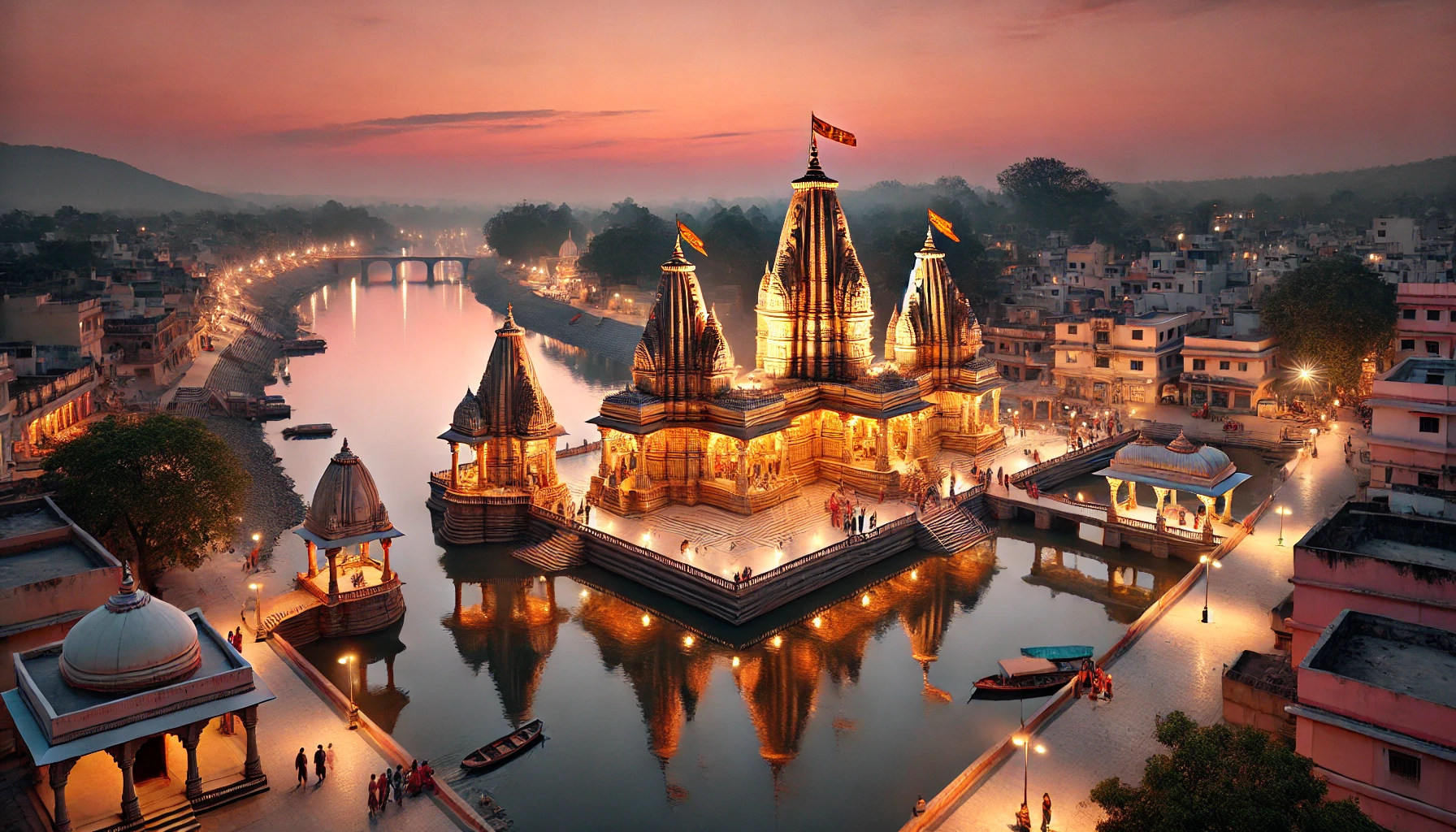




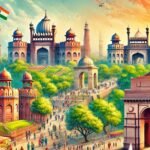


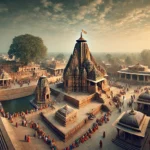
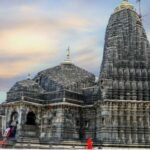
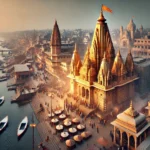
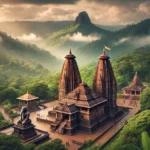
2 thoughts on “Mahakaleshwar Jyotirlinga: The Eternal Abode of Lord Shiva in Ujjain, Madhya Pradesh”